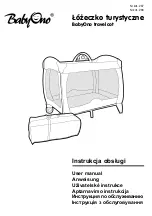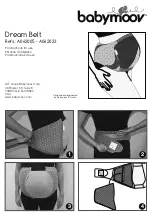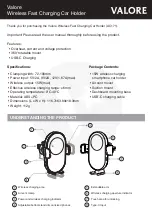
31
comfortable to live on the level. Should a level site not be available, use
short 2
” x 6” blocks of wood to raise the low side wheels to a level position.
Before unhooking the trailer from the tow vehicle, be sure the jack foot is
in place on the tongue jack and block the trailer wheels to keep the trailer
from moving.
Before lowering the tongue jack, you may wish to place a wood block or
hard support under the foot of the jack, unless you are on a cement slab.
This helps to prevent the jack from sinking into the dirt.
Travel Trailer - Unhooking
1. Release the weight distributing bars (if used).
2. Unlock or remove safety pin from coupler latch, then release the
safety latch on the coupler.
3. Raise the coupler on the A-frame by turning the tongue jack until
the ball is free.
4. Disconnect the 7-way wire connector, safety chains, and the
breakaway cable.
5. Raise front jack until tow vehicle will clear coach. Drive tow
vehicle away.
6. Now raise/lower front end until coach is level.
7. Lower stabilizer jacks to desired position to stabilize coach.
8. Reverse procedure to hook up coach to tow vehicle.
The use of stabilizer jacks on a recreational vehicle is a popular and
useful option. They provide a reasonable amount of stability while using,
occupying, and moving around in your camper. It is important to
remember that stabilizer jacks are for support of the coach and are not
designed to bear the weight of a recreational vehicle.
To operate the stabilizer jack, place crank onto the jack shaft and turn
clockwise to lower until the frame begins to raise slightly. Equalize all
four jacks for best support. You may need to adjust each jack two or
three times. Each stabilizer jack has a weight rating of 1500 pounds or
more.
To raise jack to upper travel position, insert crank and turn counter-
clockwise until jack is seated in UP travel position.
Upon completing the setup of your coach, you are now ready to make
attachments to various facilities:
Waste water hose connections.
110-volt power cord electrical hookup.
Turn on propane tanks and light the pilot lights, if any, on
appliances. Remember there may be air in your propane lines.
Be sure to bleed them before planned usage.
Open any windows and roof vents as desired for ventilation.
Fresh water connections.















































